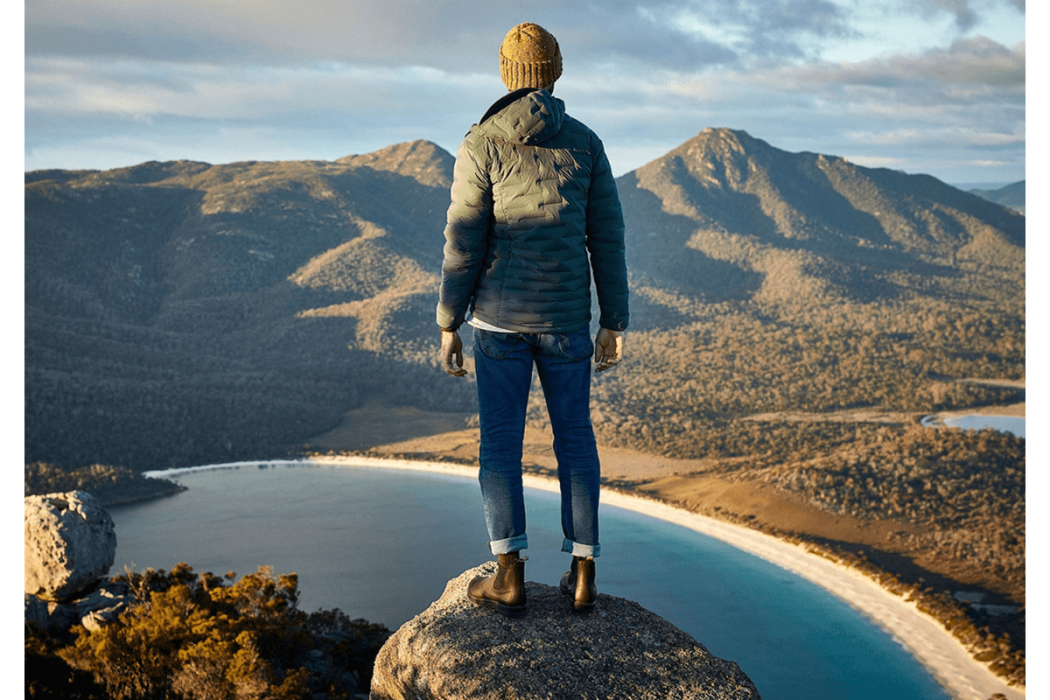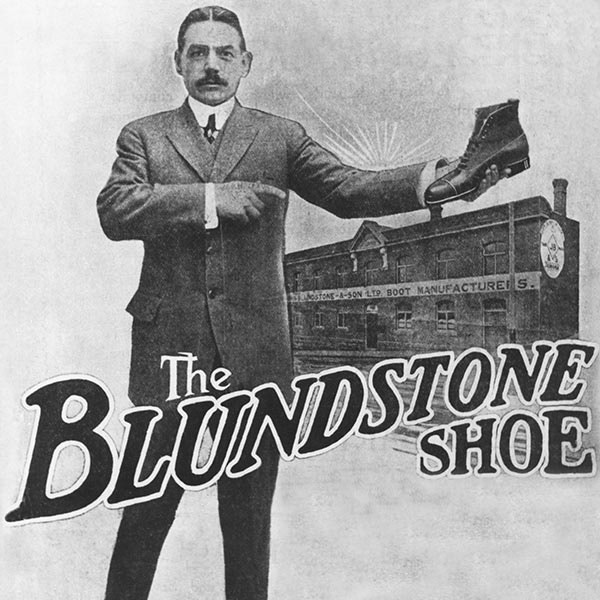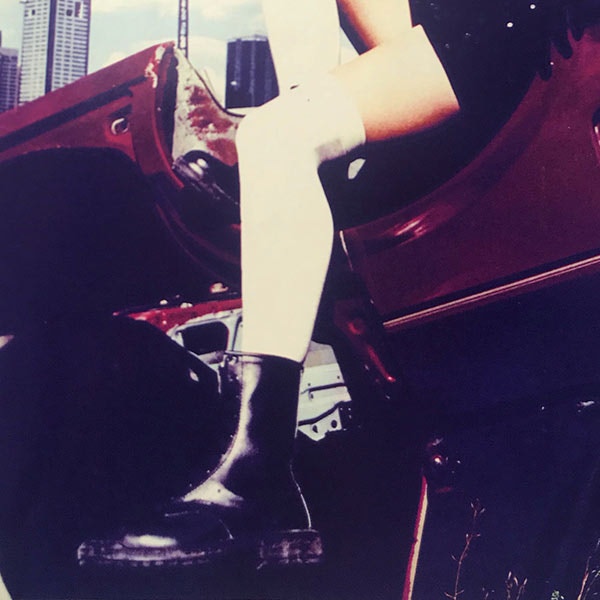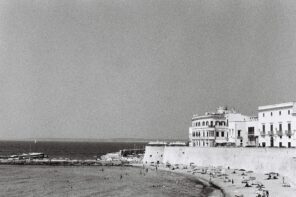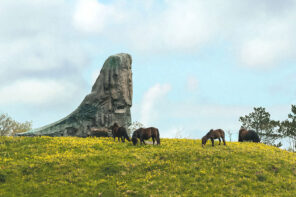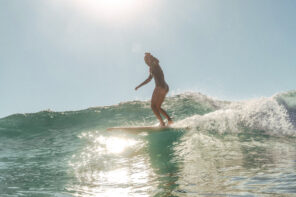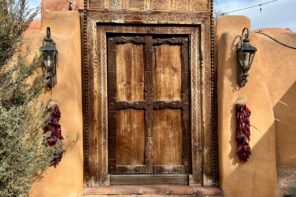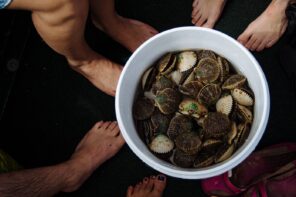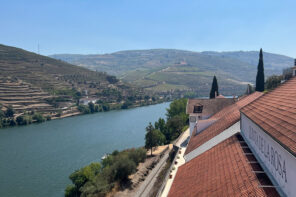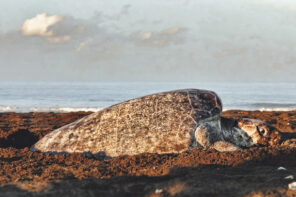Apples, boots, and that little furry devil
That small island off the coast of Australia is known for more things than the infamous Looney Tunes character that spins around in rage when you make him angry, though Taz is even more relatable these days than he was in the ’60s. Tasmania, now 378 years old (you don’t look a day over 300), may geographically be the smallest Australian state, but it could have the richest history. For 150 of of those 378 years makers of our go-to boot, Blundstone, have been a part of it. Here are some things you probably didn’t know about Tasmania. Well, unless you’re from Tasmania. Then write us at hello@whalebonemag.com and let us know what we missed because we are a bunch of bogans.
Seven Things You Didn’t Know About Good Ol’ Tassie
1The 26th largest island in the world was not always an island. The first humans arrived in Tasmania about 30,000 years ago passing freely back and forth between what is now Victoria and Tasmania, until sea level rise formed the Bass Straight about 12,000 years ago separating Tasmania from the mainland. The isolation means that odd animals like the thylacine (a now-extinct wolf-like marsupial that could open its mouth to 180 degrees) and our friend in No. 2 eventually existing nowhere else in the world.
2The Tasmanian devil is a real creature. And The Warner Brothers did quite an accurate job of their animated depiction of this fierce little marsupial. Though they are relatively small, they are the largest carnivorous marsupial on the planet and they have one of the strongest bites in the world. You’re probably wondering if they spin in circles as depicted in the old Saturday morning cartoons, and the answer is yes. It doesn’t look exactly like an animated twister, but they do, in fact, spin around in circles when threatened and preparing to attack and can be found boring their way out of the inside of cows and such. The feisty nocturnal fur ball has even recently been found to be biofluorescent, with its eyes, ears and snout glowing blue
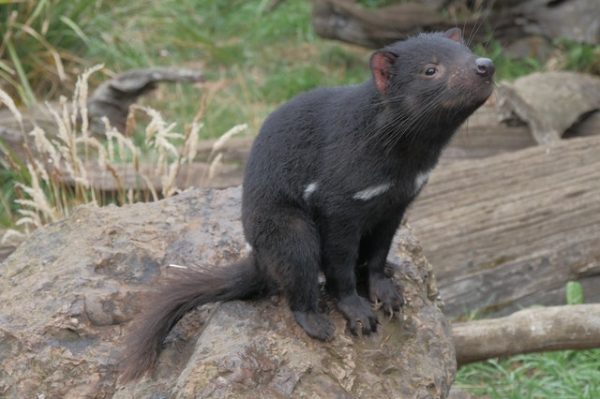
Australia was one of the first to declare war on Nazi Germany during World War II. Blundstone—the well-recognized and acclaimed Tasmanian boot company founded in 1870—supplied half a million boots to Aussie soldiers. The company manufactured cleated boots, making trekking through jungle terrain easier and more efficient. The boots were so effective that American soldiers began swapping them for their own in the midst of the war and the design of the cleated boot was the foundation for the later-produced Blundstone work boot. As of 1950, they were producing 200 boots a day to fulfill the postwar demand and by the time 1960 came around, the Chelsea Boot had become an icon. Celebrating their 150th anniversary, Blundstone has created limited-edition Chelsea Boots marked with their milestone, honoring the original boot but using modern-day technology to make it more durable and comfortable than before. Encouraging everyone to put their best foot forward.
4Tasmania has the cleanest air in the world. A real breath of fresh air. Due to its isolated location, the Roaring Forties—west-to-east winds from the Southern hemisphere—sweep over Tasmania blowing pollution-free air across the island. Not being blocked by any large landmasses, Tasmania’s air serves as the baseline for the Earth, being monitored by the Cape Grim Baseline Air Pollution Station since the ’70s. This allows us as a planet to track and compare air pollution levels across the globe. Tassie is really leading by example.
5Almost half of Tasmania is designated World Heritage area, marine and forest reserves or national parks. World Heritage sites are legally protected internationally by the United Nations Educational, Scientific and Cultural Organization (UNESCO). Known for some of the best scenery in the world, the landscape of the island is immensely diverse, from the Bay of Fires to Cradle Mountain to the Bridestowe Estate lavender fields to The Nut. National parks, mountains, coasts, bays, wineries, rolling fields, painted cliffs, you name it, it’s probably in Tasmania. This might explain why Blundstone boots are so damn durable and good in rugged terrain. The island is a lot bigger than you might think. The seemingly tiny island is not so tiny, and is just about the same size as Ireland, Switzerland, or West Virginia. But without those geographical frog legs.
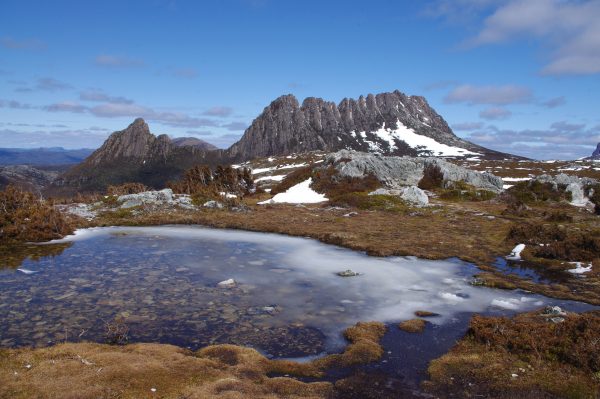
Maybe not the biggest trees, but the oldest trees in the world are located on the island of Tasmania. The Huon Pine tree, native to Tasmania, can live up to over 2,000 years and the species as a whole has been present on the island for 10,500 years. Yep. Growing tall since 8500 BC. Though they surpass the age of the US West Coast’s redwoods, they don’t surpass the size. Even a 65-foot tree could be thousands of years old. Respect your elders.
7Tasmania has a government office, now known as Women Tasmania, dedicated to the status of women. Established as an office in 1990, this organization ensures that the needs, concerns, and rights of women are reflected in Tasmanian governmental policymaking. Blundstone boots began producing steel-toe safety boots for women in 1990, to mark the occasion and acknowledge women’s place in the industry.
8Tasmania used to be known as The Apple Isle. A nickname as straightforward as it gets considering the island earned this sobriquet because it used to be one of the world’s major producers and exporters of apples (you may have guessed this already). It all started in 1788 when a fine fellow by the name of William Bligh (yes, of the HMS Bounty) planted the first apple seeds the continent of Australia had ever seen. As other markets began to export apples, the Tasmanian apple industry pivoted its focus to apple by-products. Jams, jellies, ciders boosted the apple industry back onto its feet. Hence why the Tasmanian Apple Cake is one of the most traditional dishes made in Tasmania to this day. As Tasmanian as Apple Cake.
9As long as we are back on trees, the island has really only one true deciduous native tree, the Fagus (Nothofagus gunnii) or deciduous beech, which has a fossil record stretching back 40 million years and had even grown in Antarctica. But now it’s only found in remote, wet highland areas of southern Tasmania. Mark April 25, Anzac Day, on your calendar. Around this holiday (like Memorial Day Weekend in the US) Tasmanians traditionally flock to Mt. Field National Park to take in the fiery autumn colors of the Fagus.
10Dashing Hollywood swashbuckler Errol Flynn hailed from Tasmania, born in Battery Point to a world-famous marine biologist father and a mother who came from a seafaring family (he was not, however, descended from any of the Bounty mutineers as he claimed). Tassies did not export many more starts to Hollywood until good old Yahoo Serious came along in 1988 with Young Einstein, a story that reimagines the scientist’s origins as the son of an apple farmer in Tasmania in the 1900s who invents the electric guitar and develops a technique for splitting beer atoms. Are we still talking about trees?

